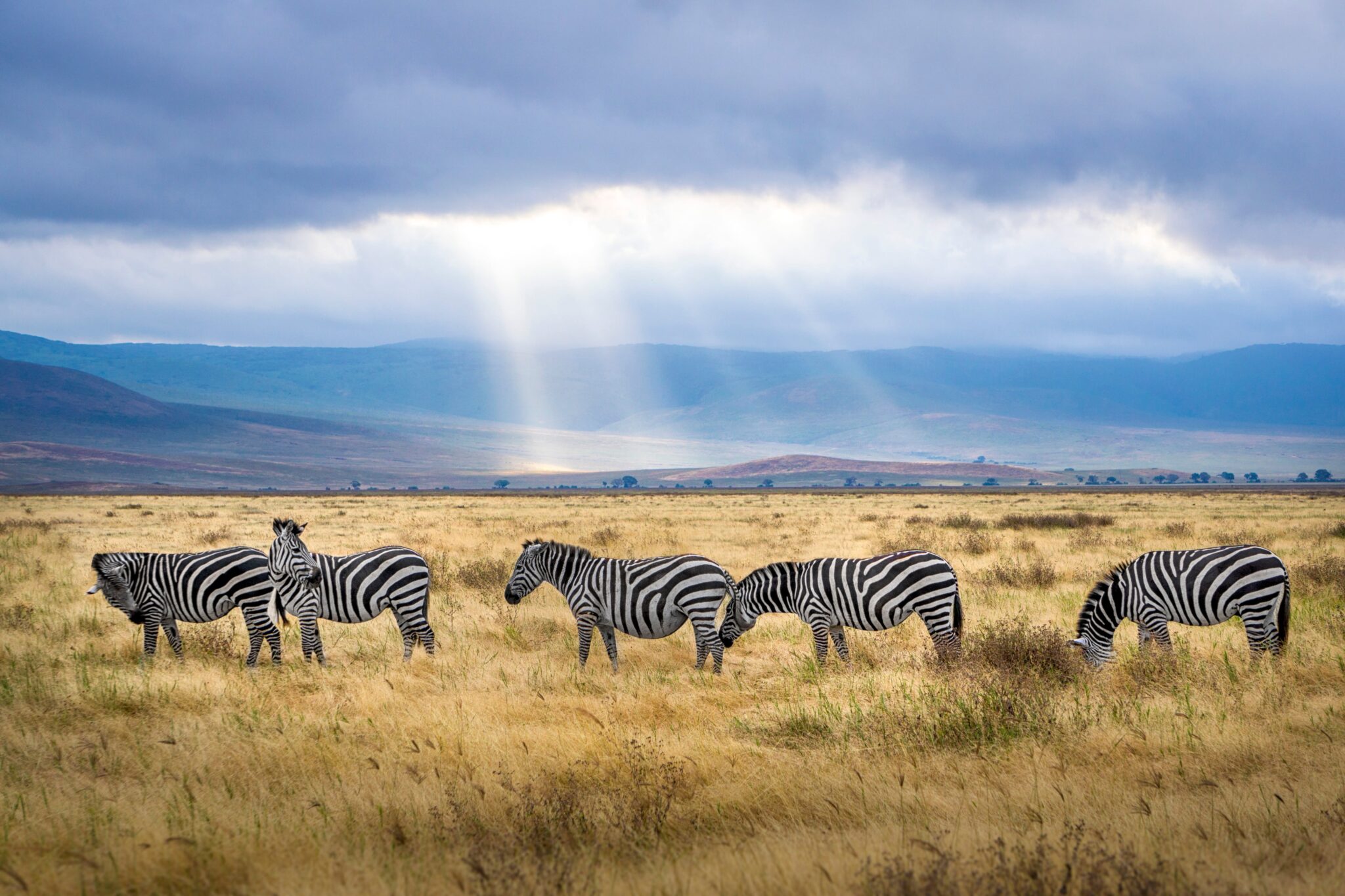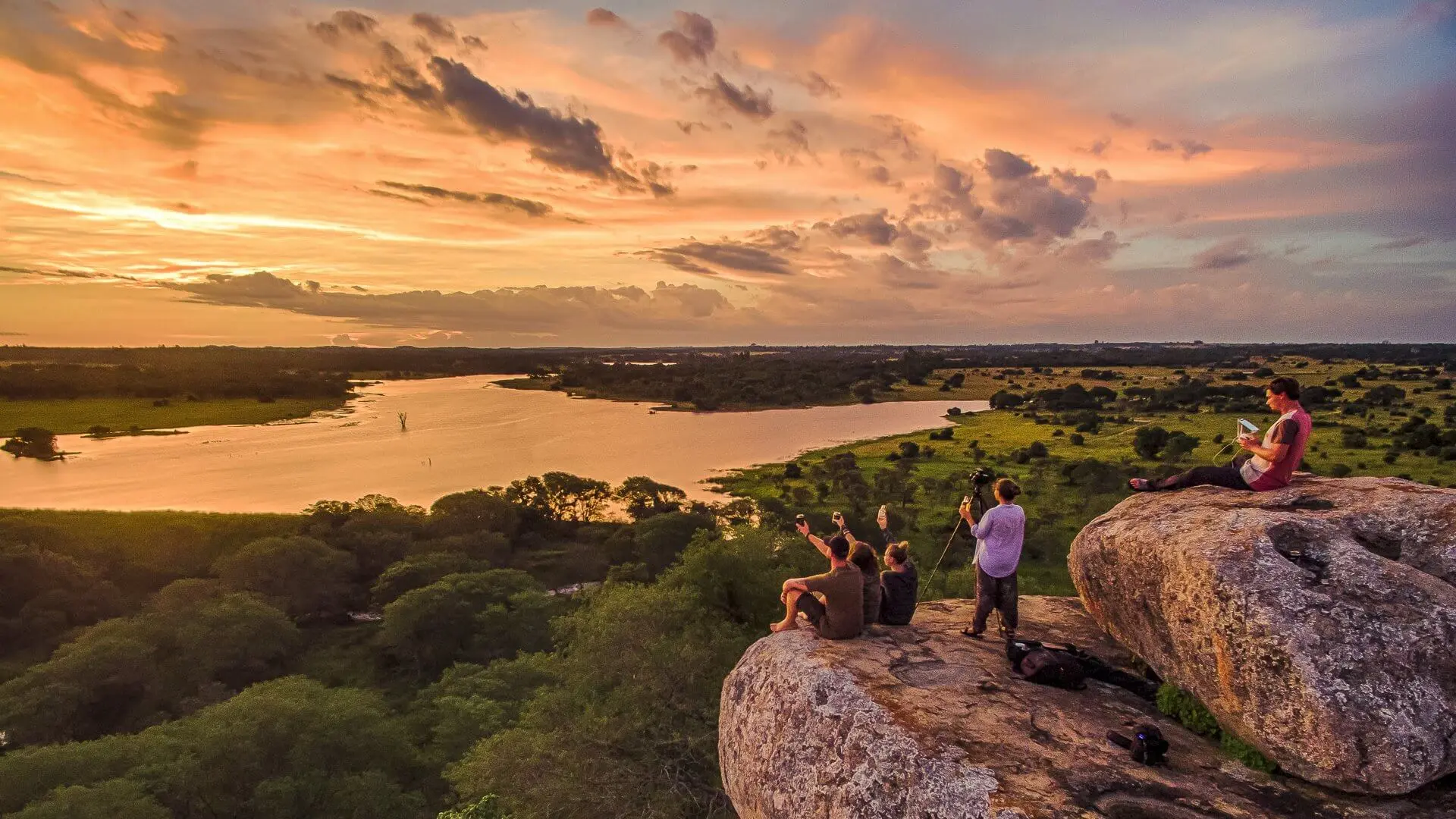Ready to Take Better Photos?
All photographers are the same; we want and pray for the incredible. We want to be able to photograph something so beautiful, unique, and rare that it makes us stand out from the digital crowd of photographers that post online. Venturing out into the bush for a wildlife photography trip for the first time is nothing short of exciting, with inevitable high hopes for rare animal sightings and interesting behaviors to photograph.
So, before you become an expert wildlife photographer, it’s important to first understand some important tips for wildlife photography. By using these key photography skills, you can make sure your pictures don’t just look like snapshots. Instead, they can become meaningful and memorable images of the wildlife you’re capturing on a volunteer trip. We’ll show you 10 tips for improving your wildlife photography skills that you can easily pick up on as a beginner.

Here Are Some Tips for Taking Great Photos of Wildlife:
1. Look for the Extraordinary in the Ordinary
Apply your creative eye and skills to photograph the normal in a unique way. Otherwise, you risk a small and non-varied portfolio of images and experiences. Photographers, especially those stepping into Africa, should take advantage of everything. The birds, impalas, zebras, dung beetles, look for any and every opportunity you come across and take it.
2. Getting the Composition Right
The composition is the difference between a snapshot and a photograph. When you begin thinking about your framing, you’re painting an image based on your own artistic sensibilities. So, you’ll be looking at what to include, what to exclude, how the light is working, if there’s negative space, and where you should position things. This is the single most important creative decision you can make, so don’t waste it.
3. Use the Rule of Thirds
The rule of thirds is a visual guideline for composing in photography, painting, and film where the image is divided into even thirds. The frame should be divided into nine sections by horizontal and vertical lines, and the main subject should be placed on one of the intersecting lines. Make sure your subject has room to look into the frame and space in the direction of their movement.
4. Create Depth
Having a foreground, middle, and background creates depth to your image as well as draws the eye through the image. Adding water to the foreground can lighten your shot as well as add an extra element of reflection.

5. Capture Your Subject in the Best Possible Light
Now, it can be daunting at first to have to think about so many different things. After all, when you see your first leopard, are you really going to be able to think about shutter speed, ISO, aperture, lighting, subject movement, composition, etc.? And all as you lift your camera for the first time? Probably not. Just do your best, but enjoy the sighting first and foremost. All these aspects of photography become subconscious and automatic in due time. Like with any skill, you’ll soon realize you’re able to do it without really thinking about it.
6. Look for Symmetry or Patterns
Incorporating patterns into your photographs is always a good way to create a pleasing composition. Patterns suggest symmetry and are visually attractive. Textures can also be very pleasing to the eye.
7. Frame Within a Frame
Frames have various uses when it comes to composition. Frames can be man-made, for example, like bridges, arches, or fences. Or they can be naturally occurring, like tree branches or river banks. They can even be human/ animal parts, such as antelope antlers or hands around a face.
8. Avoid Chopping Off Body Parts
Keep an eye on the edges of your frame to make sure that the person/animal you are photographing doesn’t have any limbs cut off.

9. Always Respect the Animals
It’s always a case of remembering that it’s a privilege to be in the wild among these fascinating animals and creatures, and that chance is one not to abuse. Respect an animal’s space, stay as quiet as possible when in close proximity, keep movements to a minimum, and use your peripherals to occasionally check your surroundings. Remember not to get too lost in your viewfinder!
10. Back Up Your Photographs (Memory Cards Don’t Count)
Memory cards are a vessel to capture and transfer photographs and shouldn’t be used as storage. Once you’re home from your adventure, having a second backup (via another hard drive or the cloud) is preferable. You never want to be in a position where, if one element breaks, such as a hard-drive, computer, or memory card, you’ve lost all your work. That heartbreak is hard to move on from.
Why Volunteer in Wildlife Photography?
Volunteering is a great way to make a positive impact on nature while pursuing your passion. And with our 10 tips for improving your wildlife photography, you’ll have the chance to capture breathtaking images of animals in their natural habitats, while contributing to conservation efforts. Through your lens, you can tell stories that raise awareness about wildlife and its preservation.
Get in touch with us if you want to learn more. Or browse through all our wildlife photography programs and choose one to join! You’ll learn tips for wildlife photography that’ll help you enhance your skills while contributing to wildlife conservation in one of the most exciting places in the world, Africa!
SHARE ONLINE
